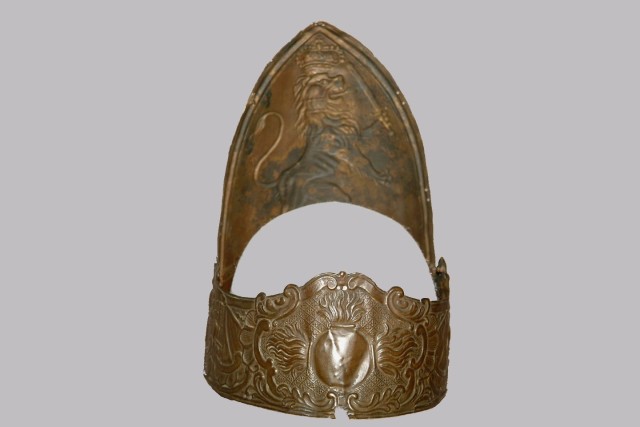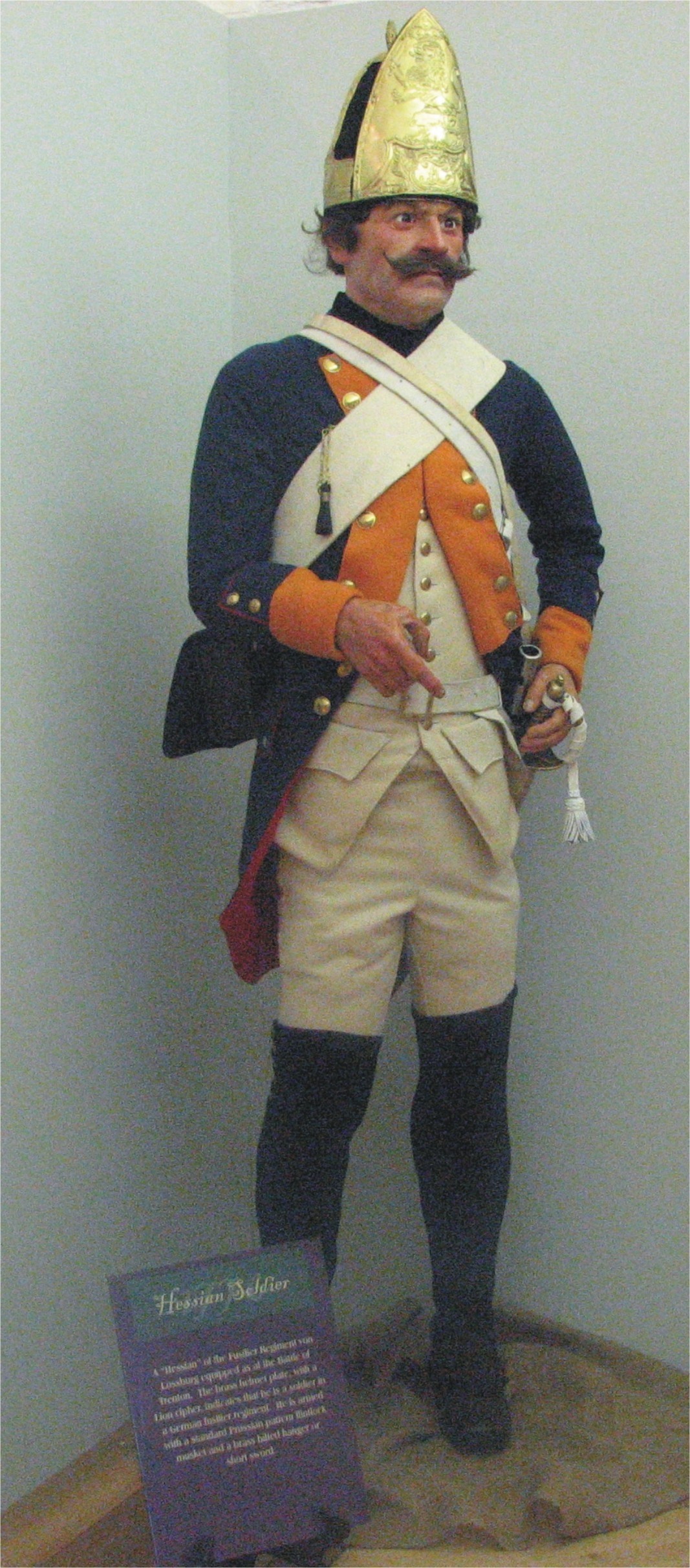The U.S. Army Corps of Engineers, during one of its many operational missions, was dredging the shipping channels of the Delaware River around 1909. At this time that river was a very busy place with massive ship yards, loading docks, and one of the largest U.S. Naval Yards on the east coast. Philadelphia and the Delaware River waterfront were a major industrial and military complex in a nation, which was fast becoming a world power and industrial giant.
The U.S. Dredge Cataract was working the western shore of the river near Fort Mifflin that year when its crew found a submerged wreck that would have much historical significance. The crew of the dredge and the Colonel in charge of the United States Engineer Office, George A. Zinn, had sufficient knowledge to identify the hulk they found as a sloop, not a large frigate. They rightly dated the vessel to the Revolutionary War, but lacking a background in uniforms or historical material they did not realize that the helmet plates found on the vessel were Germanic, so the consensus was that they were British.
What shipwreck had been found, and what had caused the ship to founder' A search for information on sunken royal ships revealed one likely candidate, a transport ship named the Brilliant. That vessel was part of a large convoy of transports carrying baggage, hay, and soldiers to the British army in Philadelphia, a city which that army had held since September of 1777. This convoy out of New York spent most of March, 1778, sailing from New York, down the New Jersey coast, to their gathering point off the mouth of the Delaware River. Late that month, the 28 ships, including the Brilliant, entered that river and sailed upstream toward Philadelphia. American forts no longer barred their route, yet potential danger still lurked from American Army units on shore and from American naval raiders who darted out from creeks emptying into the Delaware. Even more formidable were the Aca,!A"Marine Chevaux-de-Frise:Aca,!A? large underwater obstacles, tipped with iron barbs designed to stop or sink any ships which ran into them.
The British had long been aware of the frise, but sailing through it, undamaged, required expert seamanship, especially in that age of wind and wave. Wind proved the undoing of the Brilliant, which was one of the smallest ships being used in British military operations in North America. March 30 was so windy that helmsmen of larger vessels had difficulty controlling their course in going through the frise. Those bigger frigates and supply ships bumped into the Brilliant and pushed her aside -- right into the frise. The iron barbs tore a gaping hole, and she began to sink. Her crew and all her passengers -- convalescent wounded and sick German mercenary soldiers en route to rejoin their regiments in Philadelphia -- were saved. Their baggage, however, was lost, including their distinctive helmet plates.
The ship and its artifacts of the Revolutionary War went to the bottom of the Delaware River, to be found 131 years later. These artifacts have been saved; three front plates and four back panels from German fusilier helmets are known to exist to this day. Now and on into the future, they can be studied by all who appreciate the military heritage of our land.








Social Sharing